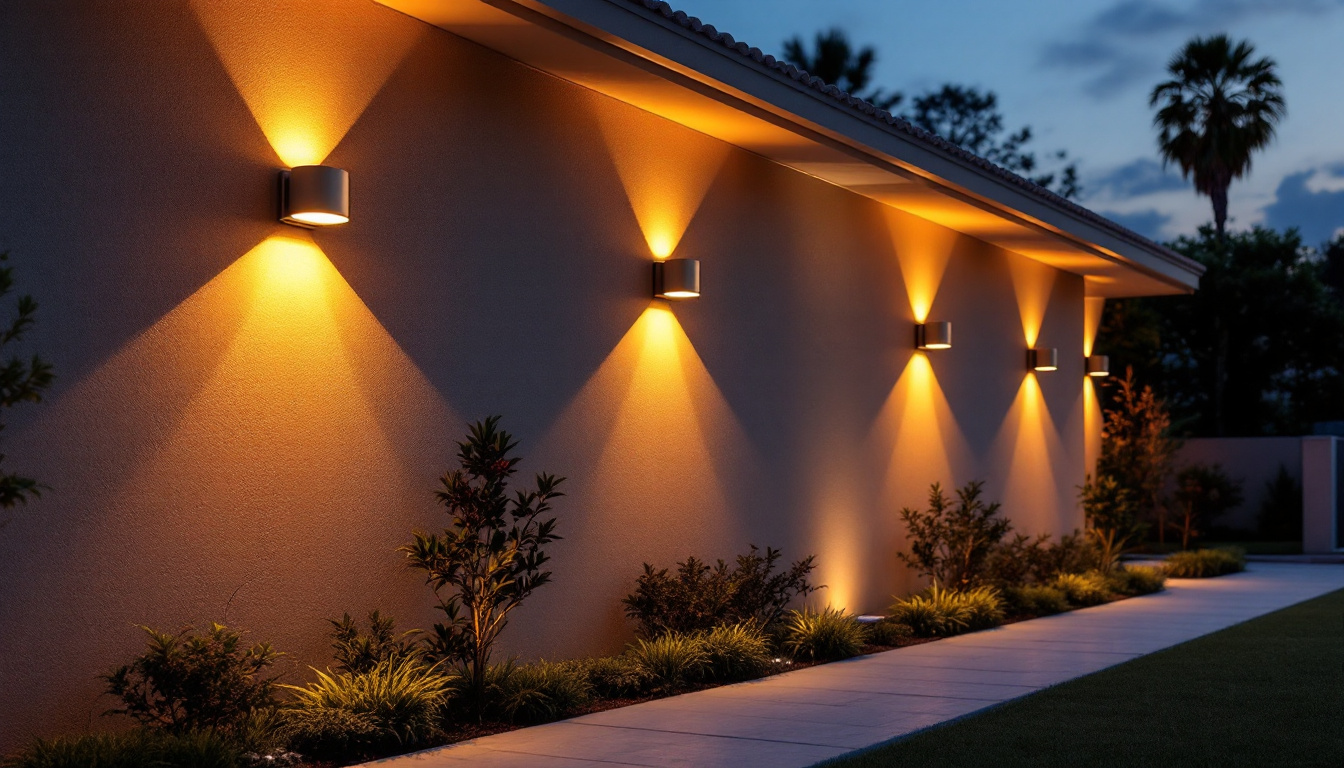
Exterior wall lighting plays a crucial role in enhancing the aesthetics, safety, and functionality of outdoor spaces. As lighting contractors, understanding the nuances of exterior wall lighting can significantly impact the quality of the projects undertaken. This article delves into expert insights on exterior wall lighting, providing valuable information that can help contractors make informed decisions and deliver outstanding results.
Before diving into specific techniques and styles, it’s essential to grasp the fundamental concepts of exterior wall lighting. This knowledge serves as the foundation for creating effective lighting designs that meet both functional and aesthetic needs. Proper exterior wall lighting not only enhances the beauty of a property but also plays a critical role in safety and security, allowing homeowners to enjoy their outdoor spaces even after the sun sets.
There are several types of exterior wall lights available, each serving different purposes. Some of the most common types include:
Choosing the right type of exterior wall light is crucial for achieving the desired effect. Consider the specific needs of the space and the overall design theme when selecting fixtures. Additionally, energy efficiency is an important factor; opting for LED lights can significantly reduce electricity consumption while providing bright, long-lasting illumination.
The placement of exterior wall lighting can significantly influence its effectiveness. Here are some key considerations:
By carefully considering these factors, contractors can enhance the overall effectiveness of exterior wall lighting in their projects. Furthermore, integrating smart lighting technology can offer added convenience, allowing homeowners to control their exterior lights remotely or set schedules for automatic operation, thereby enhancing both security and energy efficiency.
Designing with exterior wall lighting involves more than just selecting fixtures; it requires a thoughtful approach to create a cohesive and functional outdoor environment. This section explores various design strategies that can elevate outdoor spaces.
One effective design strategy is to use exterior wall lighting to create focal points. By highlighting specific architectural features, landscaping elements, or outdoor living areas, contractors can draw attention to the most appealing aspects of a property.
For instance, illuminating a textured stone wall or a beautifully landscaped garden can enhance the visual interest of a space. Using wall sconces or spotlights strategically can help achieve this effect, providing depth and character to the overall design.
Beyond aesthetics, exterior wall lighting plays a vital role in ensuring safety and security. Properly lit outdoor areas can deter potential intruders and reduce the risk of accidents.
Contractors should consider installing motion-sensor lights in high-traffic areas or near entry points. These fixtures not only provide illumination when needed but also contribute to energy efficiency by reducing unnecessary light usage.
With the rise of smart home technology, integrating smart lighting solutions into exterior wall lighting designs has become increasingly popular. Smart lights can be controlled remotely, allowing homeowners to adjust brightness, color, and timing based on their preferences.
Contractors should stay informed about the latest smart lighting products and consider incorporating them into their designs. This not only enhances the functionality of outdoor spaces but also appeals to tech-savvy clients looking for modern solutions.
The selection of fixtures is a critical aspect of exterior wall lighting design. With a myriad of options available, contractors must navigate through various styles, materials, and technologies to find the best fit for each project.
When selecting fixtures, the material is a key consideration. Outdoor lighting fixtures are exposed to various weather conditions, so choosing durable materials is essential for longevity.
Contractors should evaluate the local climate and environmental conditions when selecting materials to ensure the longevity and performance of the fixtures.
The style of the fixtures should complement the overall design theme of the property. Whether the project leans toward a modern, rustic, or traditional aesthetic, there are fixtures available to match.
For contemporary designs, sleek and minimalist fixtures work well, while ornate designs may be more suitable for traditional homes. By aligning the style of the fixtures with the architectural elements of the property, contractors can create a harmonious outdoor environment.
As sustainability becomes increasingly important, contractors should consider energy-efficient lighting options. LED fixtures are a popular choice due to their long lifespan and low energy consumption.
In addition to reducing energy costs, LED lights also have a lower environmental impact compared to traditional incandescent bulbs. By incorporating energy-efficient solutions, contractors can contribute to a more sustainable future while providing clients with cost-effective lighting options.
Before installation, it’s essential to plan the layout carefully. This involves determining the optimal locations for fixtures based on the lighting goals and the specific characteristics of the space.
Using a lighting design software or creating a physical layout can help visualize the placement of fixtures. This planning stage allows contractors to make adjustments before installation, ensuring that the final result meets the client’s expectations.
When installing exterior wall lighting, proper wiring and electrical considerations are paramount. Contractors should adhere to local building codes and safety regulations to ensure a safe installation.
It’s advisable to use weatherproof wiring and fixtures to prevent damage from moisture and temperature fluctuations. Additionally, ensuring that all connections are secure will help prevent electrical issues in the future.
After installation, testing the lighting is crucial to ensure everything functions as intended. Contractors should check for proper illumination levels, adjust angles, and make any necessary changes to achieve the desired effect.
Encouraging clients to provide feedback during this phase can also be beneficial. Their input may lead to adjustments that enhance the overall satisfaction with the lighting design.
Once the exterior wall lighting is installed, ongoing maintenance is essential to ensure the fixtures remain in optimal condition. Regular upkeep can extend the lifespan of the lighting and maintain its effectiveness.
Exterior lighting fixtures can accumulate dirt, dust, and debris over time. Regular cleaning is necessary to maintain their appearance and functionality. Depending on the materials used, different cleaning methods may be required.
For glass fixtures, a gentle glass cleaner and soft cloth can help remove smudges and grime. Metal fixtures may require a specific cleaner to prevent corrosion, while plastic fixtures can often be wiped down with a damp cloth.
Regular inspections should be conducted to identify any signs of damage or wear. This includes checking for loose connections, rust, or fading of finishes. Early detection of issues can prevent more significant problems down the line.
Encouraging clients to report any irregularities can help maintain the quality of the lighting and ensure that it continues to meet their needs.
Exterior wall lighting is an essential aspect of outdoor design that combines functionality with aesthetics. By understanding the various types of fixtures, design strategies, and installation best practices, lighting contractors can create stunning outdoor environments that enhance safety and appeal.
Staying informed about the latest trends and technologies in exterior wall lighting will not only benefit contractors but also provide clients with innovative solutions that meet their evolving needs. With careful planning, execution, and maintenance, the impact of exterior wall lighting can be transformative, creating inviting and secure outdoor spaces for years to come.
Ready to elevate your exterior wall lighting projects with the finest selection of spec-grade lighting products? Look no further than LumenWholesale, where our commitment to quality, affordability, and convenience shines bright. We offer an extensive range of lighting solutions that meet the highest industry standards, all at unbeatable wholesale prices. Say goodbye to middleman markups and hello to hassle-free bulk buying with free shipping. Don’t compromise on performance or price. Visit LumenWholesale today and discover the perfect blend of quality and value for your next lighting endeavor.
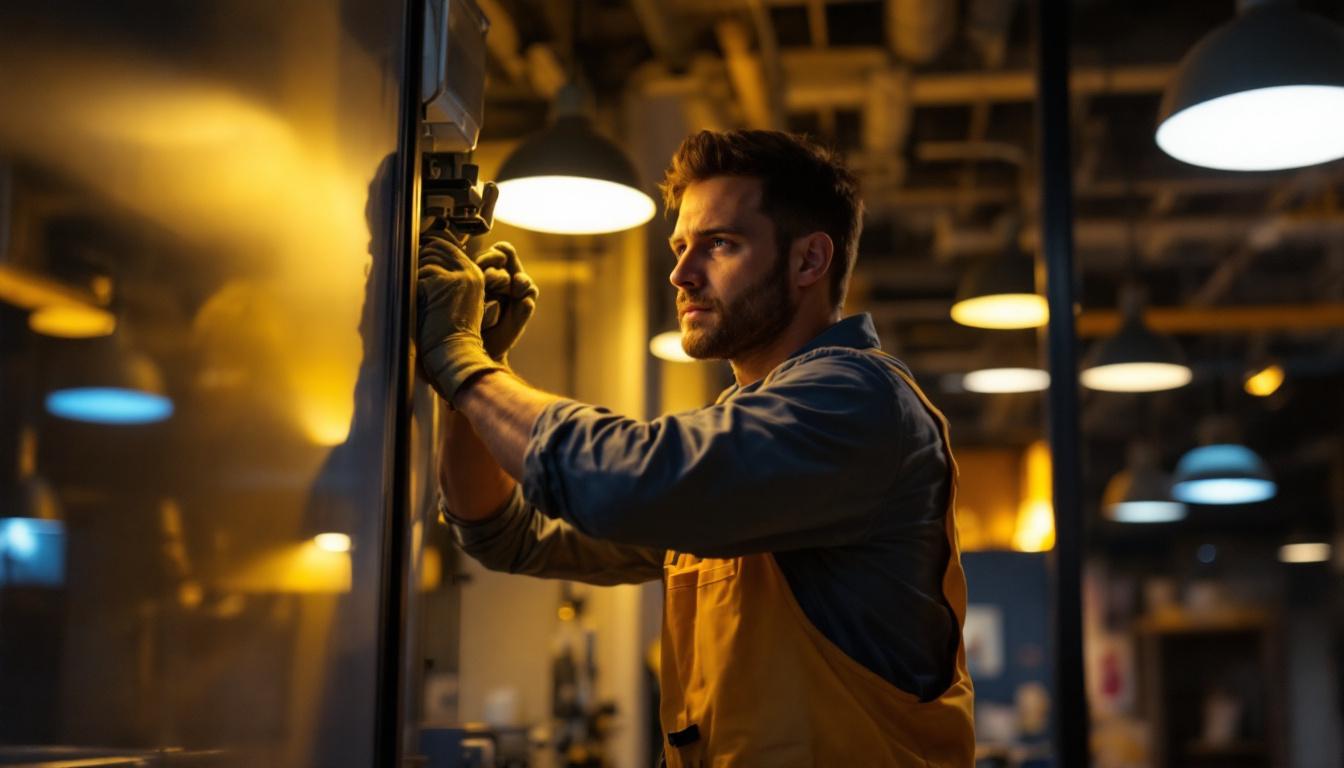
Discover essential tips and expert strategies from Philips Advance to elevate your lighting contracting projects.
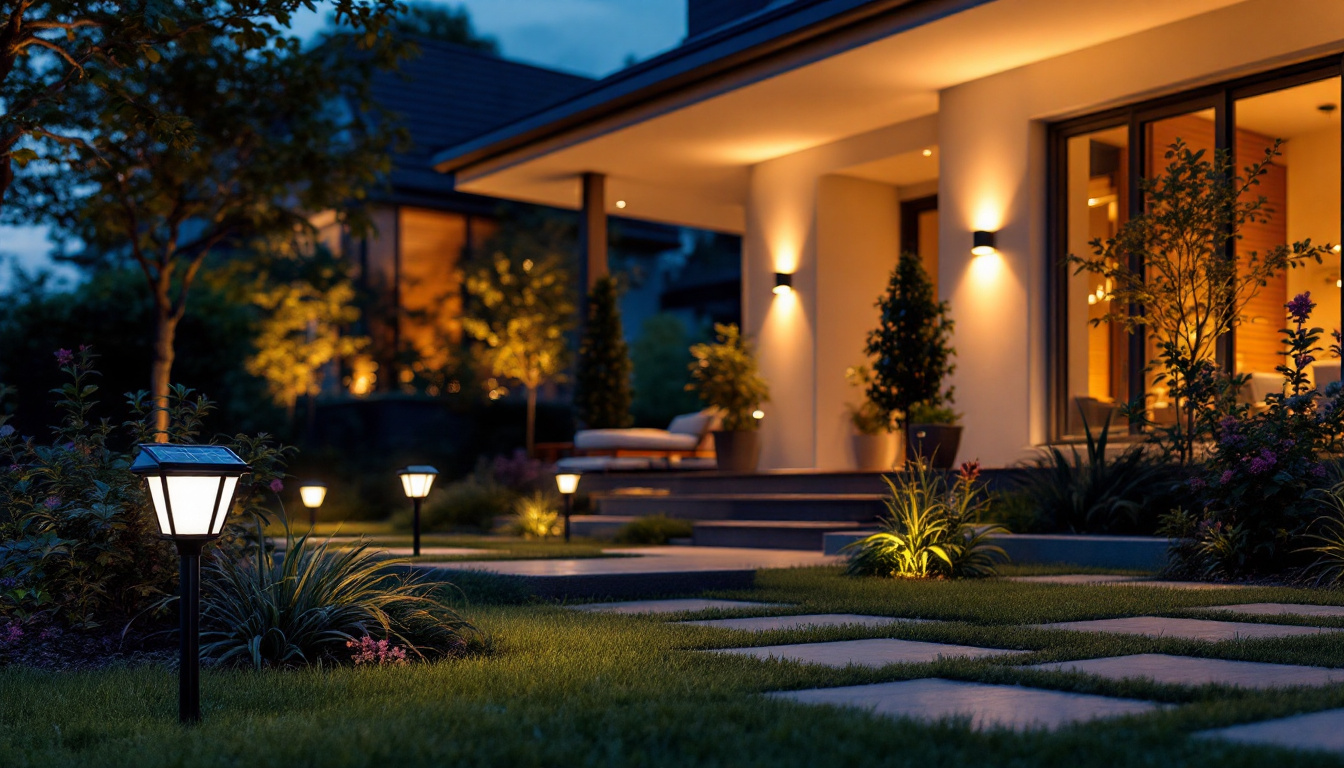
Discover how solar lights can transform your outdoor spaces into beautifully illuminated areas while saving energy and reducing costs.
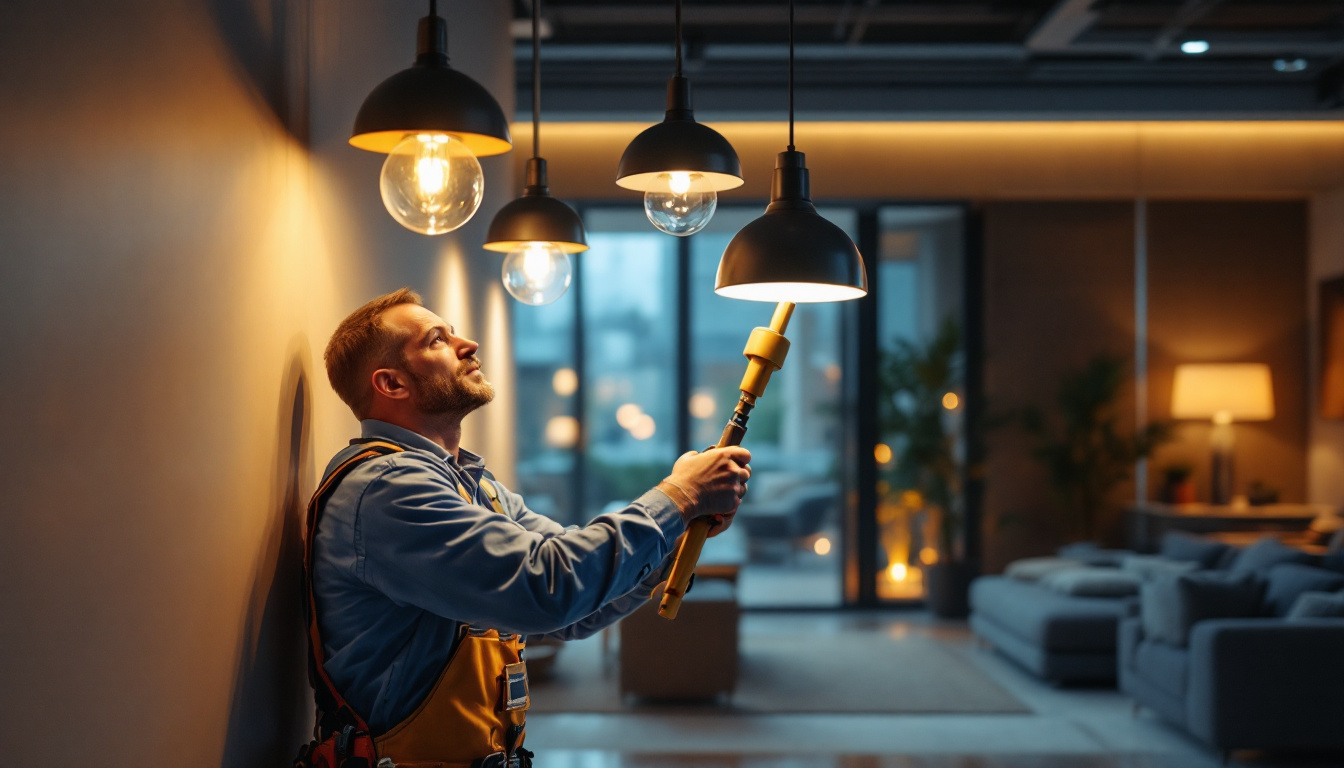
Explore the transformative impact of levitation technology on the lighting industry.
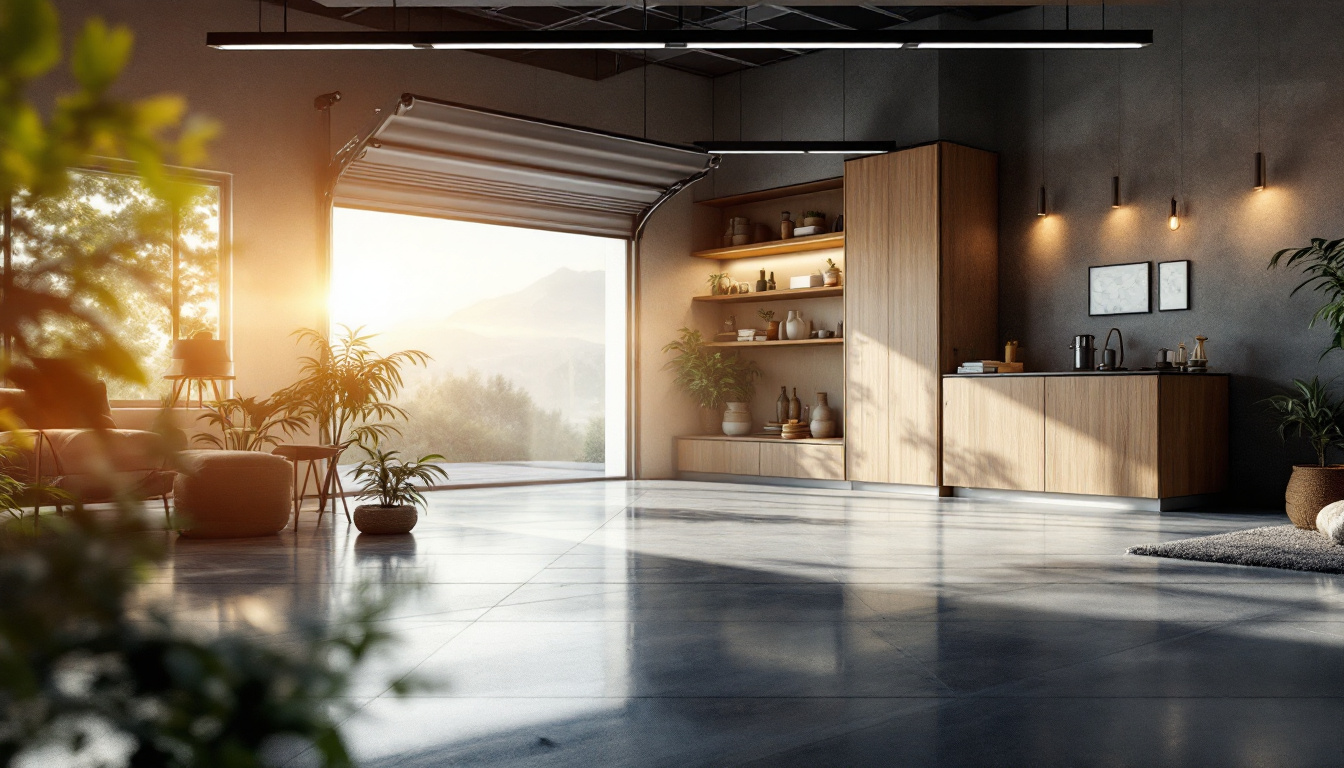
Explore how light garages can revolutionize energy efficiency in residential and commercial spaces.